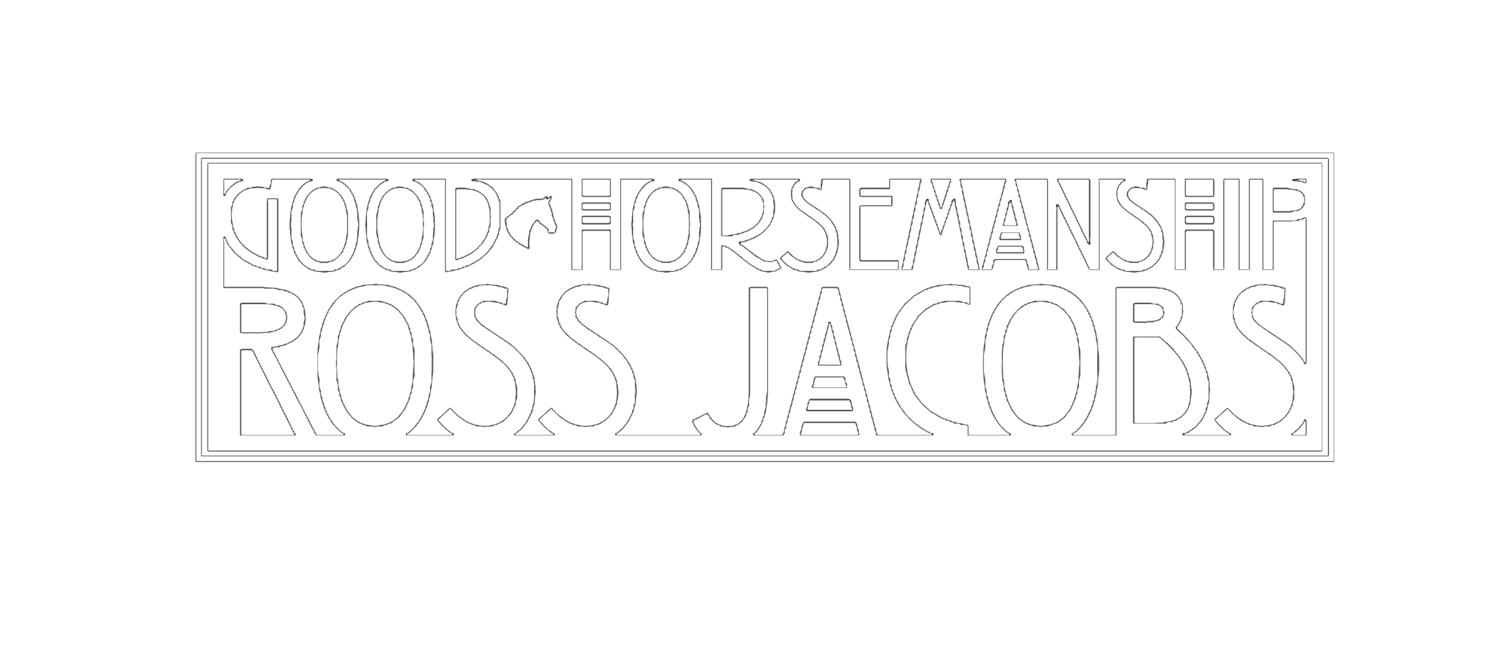WHAT IS THE PURPOSE?
When a horse is in a paddock or living in a herd in open terrain, they go somewhere because there is a purpose in going somewhere. They head off to food, water, or the shade of a tree or another horse. It makes sense to them why they are going and where they are going. They have an idea to go somewhere or to do something, and they then make it happen. Their idea to do something comes from seeing a purpose in doing that thing.
But when we ride in an arena, on a trail, or anywhere, horses don’t often have a sense of purpose for why we ask them to do something. Rarely does a horse choose to trot in another circle, go through a puddle, perform a canter lead change in a straight line, or stand still to have shoes nailed to its feet. A horse only does these things because our training has taught it to obey. It would not do these things otherwise.
However, training a horse to do stuff that it does not understand the purpose of doing creates its own set of problems.
When we ride in the arena and ask a horse to travel a straight line, we have to work much harder than when it walks to another horse. This is because the horse does not see an important reason for trotting in a straight line in the arena. There is nothing at the end of the arena requiring the horse’s attention. The horse’s focus shifts, so its body adjusts. Therefore, the line is a little crooked.
How do we put a purpose into why we ask for another circle or side pass or ride through a puddle, we could walk around. When we do complete the circle, we just end up going somewhere else that has no clear purpose, or we ask for a leg yield in a place that we could walk perfectly straight without trouble. How do we give purpose to that to a horse that doesn’t understand why we ask them to do it?
It’s for this very reason that among all the training principles we incorporate in our work with a horse, none is more important than focus. Focus is the foundational element incorporated in everything we do in good horsemanship. It is a horse’s focus on us and following our feel that gives the horse and sense of purpose in the work. We can’t explain to a horse why another circle is important to developing his balance and straightness. That would be meaningless. But we can explain through our training that being focused and following our feel has purpose. The horse doesn’t know what a circle is, but we can teach it to trot a near-perfect circle through the comfort of being focused and following our feel. This applies equally to anything we might want to teach a horse for which it does not see an instant purpose in doing.
Catherine is helping Iris to see the purpose of placing her hind feet on either side of the pole.

